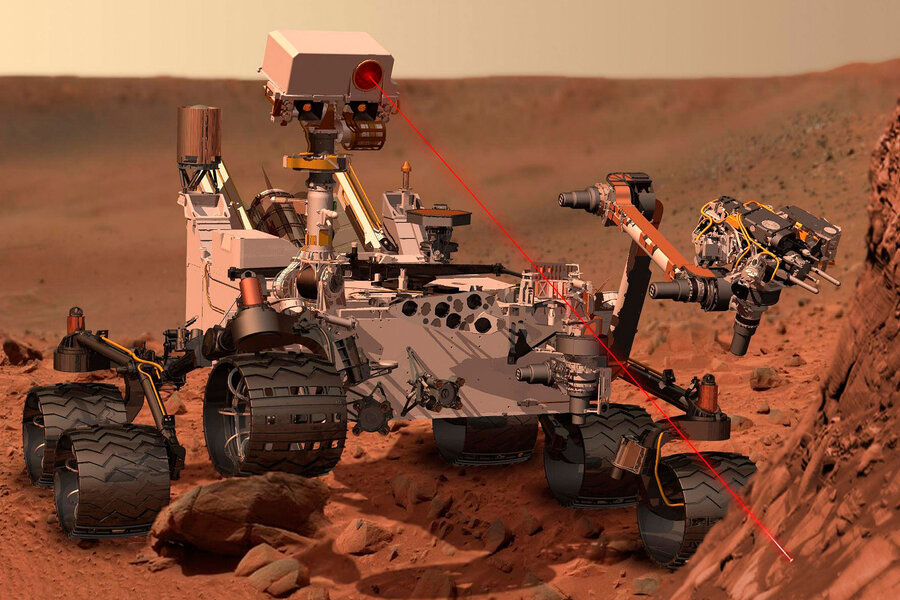Why lasers are better for satellite communication in space
Loading...
Europe began building Phase One of a data highway in space by launching a laser-equipped satellite into space on Friday.
The newly launched satellite is the first node of a relay system designed to gather images from surrounding satellites by laser and return them to Earth in a concentrated laser beam, Jonathan Amos reported for the BBC. The completed system could transmit images of Earth from satellite to desktop in minutes, according to estimates by Airbus Defense and Space, which partnered with the European Space Agency (ESA). The current system, using radio waves, takes hours to transmit images back to Earth.
The laser system can speed up transmission rates because it enables spacecraft circling the Earth to transmit upward to the newly launched node, which is easier to reach because it orbits at a higher altitude than other satellites. Because it is further from the ground station back on Earth, however, the satellite employs laser communication, which transmits a stronger, less degradable beam.
The ESA says that the laser communication system will benefit disaster relief efforts, as the new laser system is also expected to return images of earth quickly enough to assist disaster relief work, according to Reuters. The more far-reaching implication, however, will be in space.
Any communication degrades as it moves through matter, and the signal grows weaker the further it travels due to noise, disruption, or the sheer volume of space. Radio waves have long been the method of choice for space communication, but they can degrade quickly and rely on extensive relay systems even when operating on Earth.
Scientists say that radio waves will eventually prove inadequate when confronted with the vastness of space, so they are increasingly experimenting with laser systems, which can transmit encoded data via a concentrated, and therefore less degradable, beam.
NASA has been developing laser communications for years. The technology is one of many expected to benefit a mission to Mars, because radio communication requires too much power to be practical for the lengthy mission to Mars, Pete Spotts reported for The Christian Science Monitor.
Laser communication can potentially transmit a much higher volume of data than radio. The market for data communication is ever-increasing, and radio wavelengths are becoming "crowded," according to a NASA report on the Lunar Laser Communication Demonstration. Laser communication is still in the exploratory stages, but would open up a new, less busy, portion of the electromagnetic spectrum for use.
Laser communication could ultimately be cheaper because the tighter, narrower waves require smaller antennas. Engineers with NASA also hope it will be faster. NASA estimates that experimental spacecraft could download an average movie in 639 hours using the current S-band communication model, laser technology could cut the download time to eight minutes.
A test in January 2013 showed the possibilities, as NASA transmitted an image of the "Mona Lisa" to the moon's Lunar Reconnaissance Orbiter. NASA plans to expand such tests to satellites in geostationary orbit around the Earth by 2019 and transmit to a Discovery mission in deep space around 2022.








